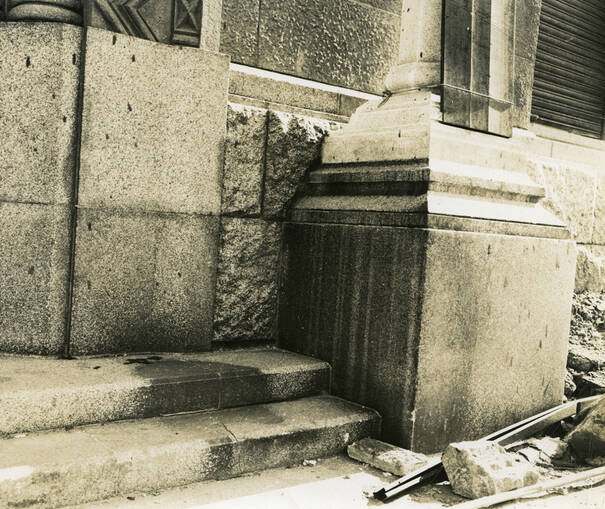
How The Hiroshima Shadows Were Created By The Atomic Bomb
The nuclear shadows of Hiroshima were scorched into the city by the blinding light of the atomic bomb as it detonated over the city on August 6, 1945. Universal History Archive/UIG via Getty ImagesThe nuclear shadow of a Hiroshima man eerily scorched onto the stone steps of a local bank.

Hiroshima shadows, Hiroshima, Hiroshima nagasaki
As the atomic bomb unleashed its energy upon Hiroshima, it encountered objects on its path. These objects - human, animal, or inanimate - absorbed this energy, while the bomb's force went on to.
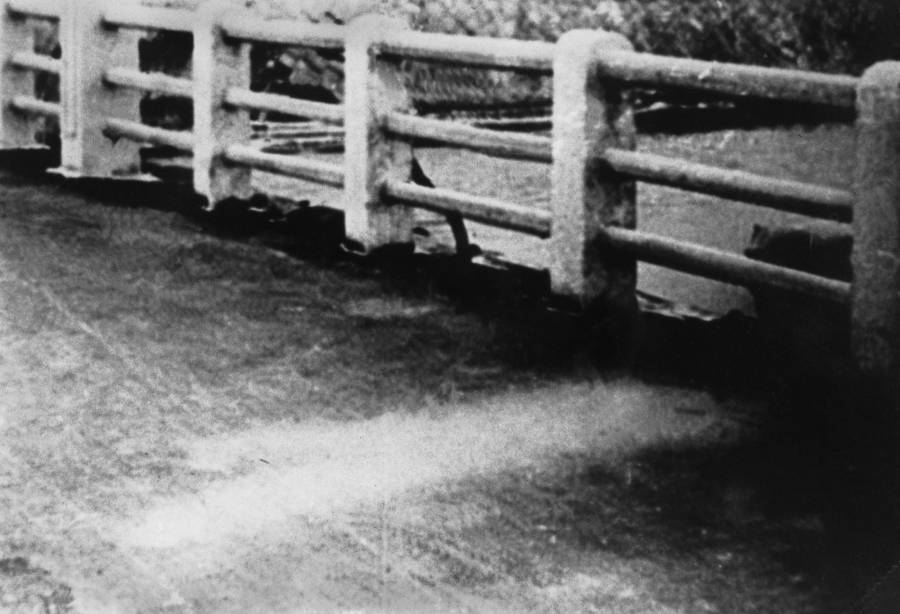
How The Hiroshima Shadows Were Created By The Atomic Bomb
Atomic bombings of Hiroshima and Nagasaki On 6 and 9 August 1945, the United States detonated two atomic bombs over the Japanese cities of Hiroshima and Nagasaki respectively. The bombings killed between 129,000 and 226,000 people, most of whom were civilians, and remain the only use of nuclear weapons in an armed conflict.
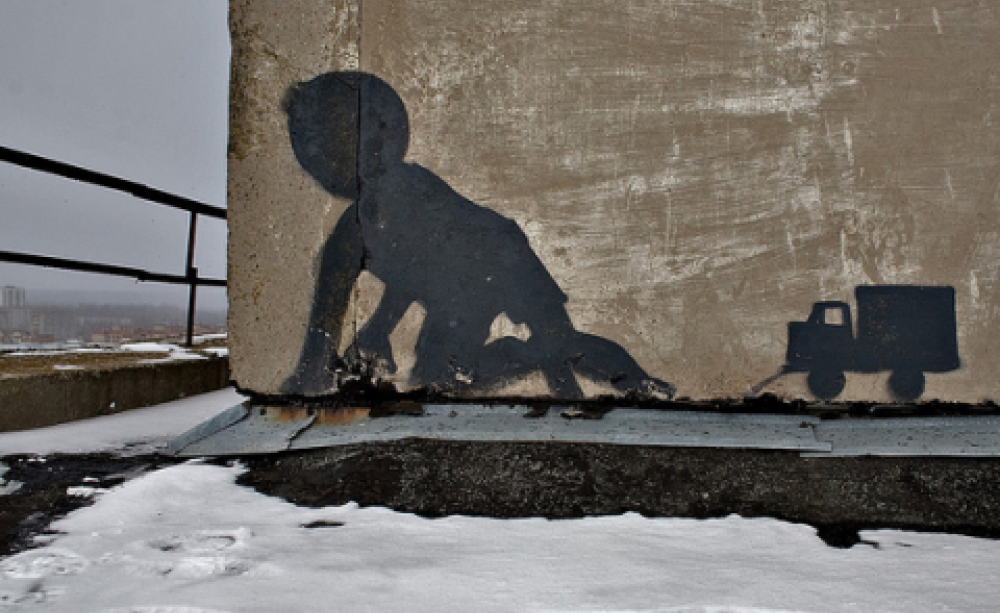
Hiroshima Bombing Shadows
Why did the atomic bomb dropped on Hiroshima leave shadows of people etched on sidewalks? News By Stacy Kish ( lifes-little-mysteries ) Contributions from Ben Turner last updated 1 August.

How The Hiroshima Shadows Were Created By The Atomic Bomb
On August 6, 1945, during World War II (1939-45), an American B-29 bomber dropped the world's first deployed atomic bomb over the Japanese city of Hiroshima. The explosion immediately killed an.

How The Hiroshima Shadows Were Created By The Atomic Bomb
Black shadows of humans and objects, like bicycles, were found scattered across the sidewalks and buildings of Hiroshima and Nagasaki, two of the largest cities in Japan, in the wake of the atomic blast detonated over each city on Aug. 6 and 9, 1945, respectively.
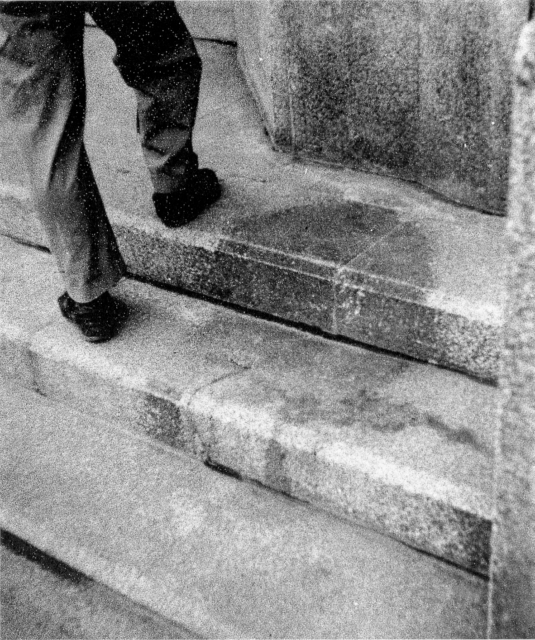
Human Shadows Left Etched In Stone By the Atomic Bombs Dropped On Japan War History Online
On the morning of August 6, 1945, the United States dropped an atomic bomb on the Japanese city of Hiroshima. Three days later, a second atomic bomb was dropped on the city of Nagasaki. These two events marked the end of World War II and the beginning of the nuclear age.

“Shadow” etched into steps, from first Atomic Bomb, Hiroshima. True Activist
Hiroshima, Japan Perspective by Issei Kato. Updated 6 Aug 2015 8 images. Advertisement. On August 6, 1945 the United States dropped an atomic bomb on Hiroshima, killing about 140,000 by the end of the year in a city of 350,000 residents in the world's first nuclear attack. Three days later, a second atomic bomb was dropped on Nagasaki.
:max_bytes(150000):strip_icc()/GettyImages-101007125-59cd0cef03f402001101ed0b.jpg)
Hiroshima Flattened by the Atomic Bomb
On August 6, 1945, a US atomic bomb known as the Little Boy was dropped on the Japanese city of Hiroshima. Nagasaki was the site of the world's first atomic attack three days later, with the US dropping the atomic bomb known as "Fat Man."
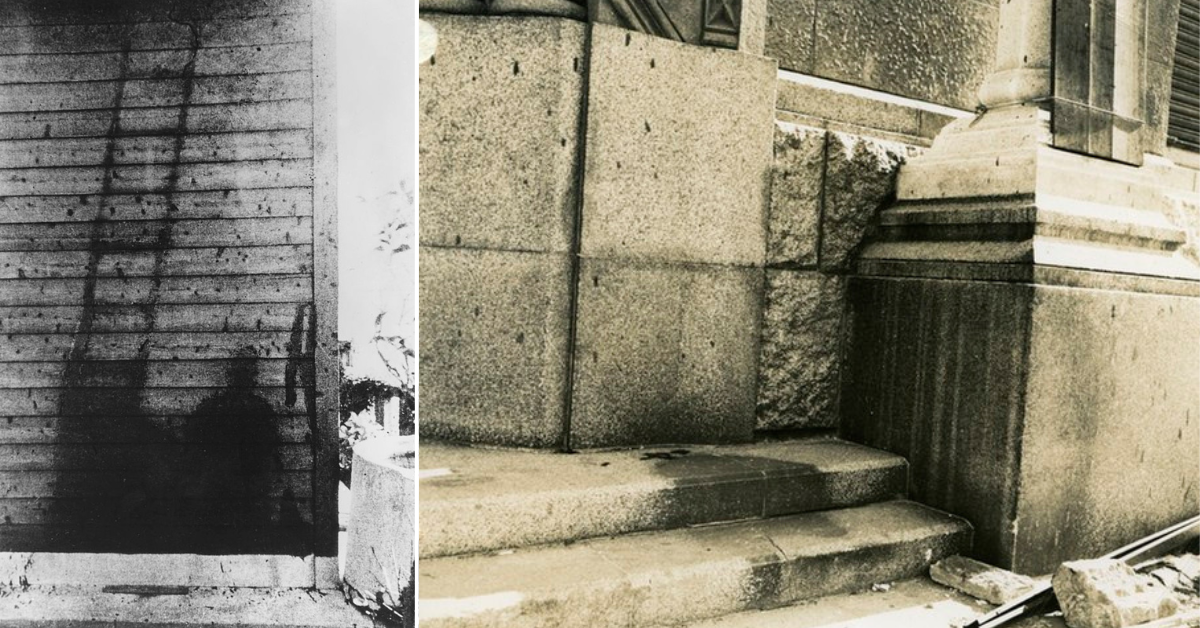
Human Shadows Left Etched In Stone By the Atomic Bombs Dropped On Japan War History Online
On August 6, 1945, an American B-29 bomber dropped an atomic bomb on the Japanese city of Hiroshima. The explosion destroyed much of the city and killed tens of thousands of people. In the days and weeks after the bombing, survivors reported seeing strange shadows on the walls and ground where the bomb had exploded.

Atomic bomb shadows, Hiroshima, 1948 Stock Image C040/4708 Science Photo Library
It is thought to be the residue of a person who was sitting at the entrance of Hiroshima Branch of Sumitomo Bank when the atomic bomb was dropped over Hiroshima. It is also known as Human Shadow of Death [1] or simply the Blast Shadow . Background

11 Haunting Photos Of Shadows Permanently Burned Into The Ground By The Hiroshima Nuclear Blast
On August 6, 1945, the United States dropped the atomic bomb Little Boy on Hiroshima. Three days later, the country's forces dropped another, nicknamed Fat Man, over Nagasaki. The explosion caused by Little Boy was equivalent to 15,000 tons of TNT, while Fat Man 's was equal to 21,000 tons. Both sent a pulse of thermal energy throughout.

75 years after the Hiroshima and Nagasaki bombs, their shadows loom over the nuclear age The
At 8:15 on the morning of August 6, 1945, a person sat on a flight of stone stairs leading up to the entrance of the Sumitomo Bank in Hiroshima, Japan. Seconds later, an atomic bomb detonated just 800 feet away, and the person sitting on the stairs was instantly incinerated. Gone like that. But not without leaving a mark.
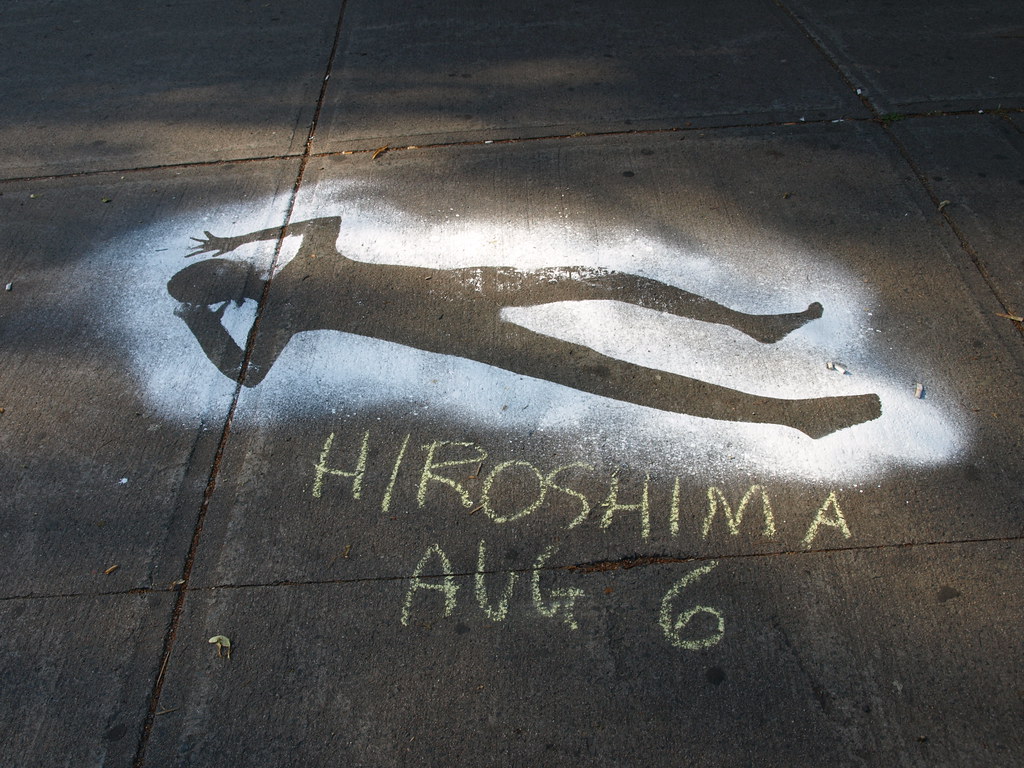
Shadows of Hiroshima Flickr
On August 6, 1945, the United States dropped the first of two atomic bombs on the city of Hiroshima in the hope that it would bring an end to its bitter battle against Japan on the Pacific front of World War II. It was the first time that such a weapon had been used in a non-testing capacity.

How The Hiroshima Shadows Were Created By The Atomic Bomb
On Aug. 6, 1945, an atomic bomb nicknamed Little Boy detonated 1,900 feet (580 meters) above Hiroshima, Japan's seventh-largest city. According to the World Nuclear Association, the explosion was equivalent to 16,000 tons (14,500 metric tons) of TNT exploding, which sent a pulse of thermal energy rippling across the city.
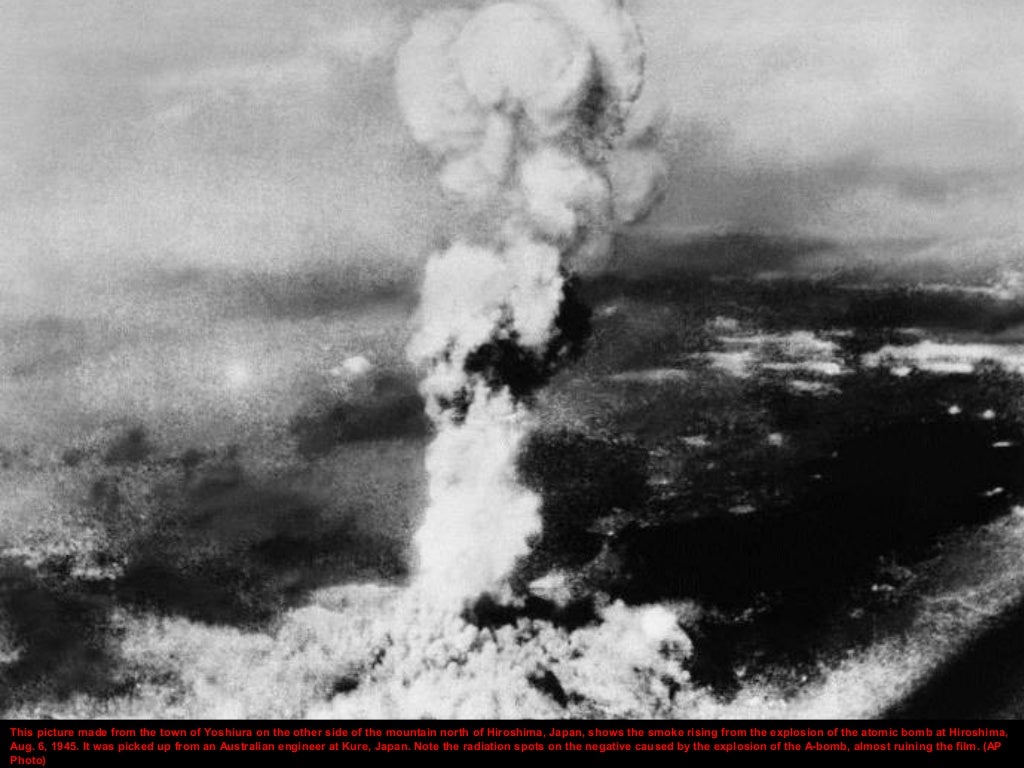
The long shadows of Hiroshima and Nagasaki, 70th anniversary of atomi…
Hiroshima shadows: after the blast. Hiroshima today looks completely different than it did 73 years ago. On August 6, 1945, the US dropped an atomic bomb on Hiroshima that destroyed most of the city and instantly killed 80,000 of its citizens.